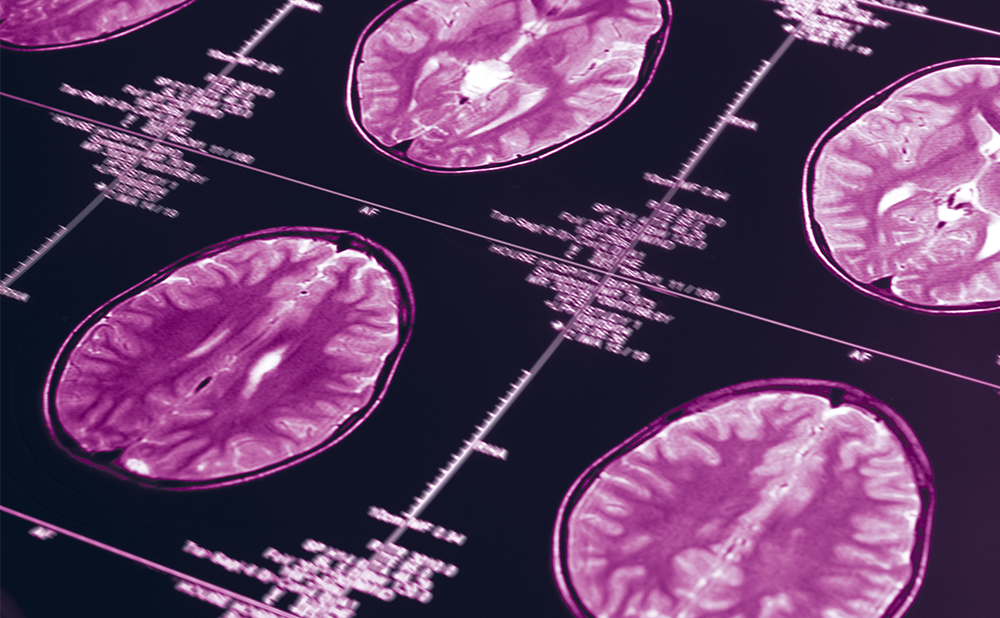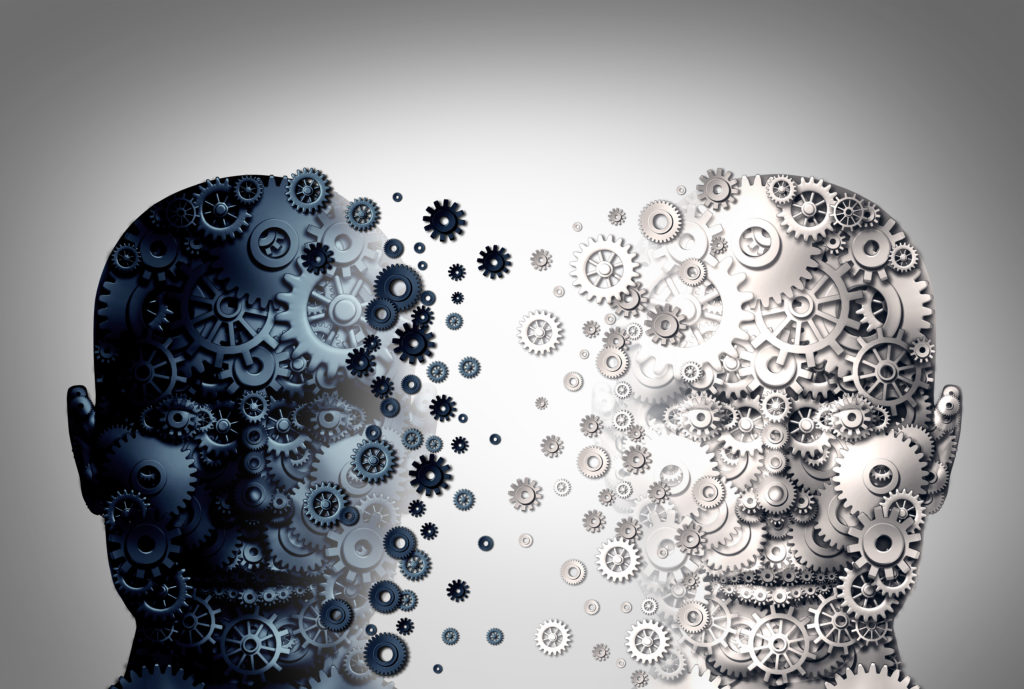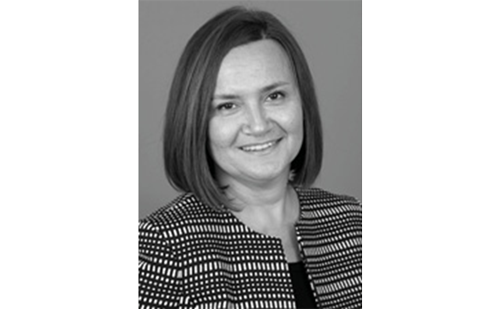The Basic Neurobiology of Sleep
Sleep is not a passive state. The neural substrates underlying sleep states include sleep- and wake-on neuronal networks. Wake-on-promoting systems are typically brainstem and hypothalamic systems that project to the cortex and or the thalamus, which then activates the cortex. These include cholinergic ascending systems (pedunculopontine and laterodorsal tegmental areas and basal forebrain), adrenergic locus coeruleus, serotonergic raphe nuclei, hypocretin-containing lateral hypothalamic systems and histamine-containing tuberomammillary hypothalamic nuclei. General brain activation ensues, with high glutamate release and electroencephalography (EEG) desynchronisation and consciousness. Wakefulness is the co-ordinated expression of many behaviours that are constantly changing in response to variations in the external and internal milieu. Most likely, each arousal system is particularly active under specific circumstances, and there is an intense interaction among them.1,2 Dopaminergic cell groups of the substantia nigra (SN) and ventral tegmental area (VTA), for example, do not seem to significantly increase overall neuronal activity in wakefulness, but are certainly activated by specific behaviours in wakefulness and are involved in the wakepromoting effects of most stimulants, such as amphetamines, methylphenidate and modafinil.
A smaller number of systems are sleep-active in the brain: during nonrapid eye movement (NREM) sleep, most of the brain activity is decreased and the EEG is desynchronised, characterised by the appearance of slow wave activity. Major sleep-promoting centres include a group of anterior gamma-aminobutyric acid (GABA)-ergic hypothalamic and basal forebrain sleep-on networks, including the ventrolateral preoptic (VLPO) and median preoptic (MnPO) nucleus of the hypothalamus.3 These systems strongly inhibit the wake-active systems mentioned above. Of final interest is REM sleep, a paradox as the brain is generally active (most notably the cortex, with a wave-like desynchronised EEG and associated dreaming) while REM and muscle paralysis (atonia) occur. In REM sleep, cholinergic systems and many sleep-on systems are active, but monoaminergic systems are turned off.4–6 Most antidepressants are strong REM sleep suppressants. Sleep and wake tendencies can be seen as the sum of two processes: homeostatic and circadian.
To view full article click here













